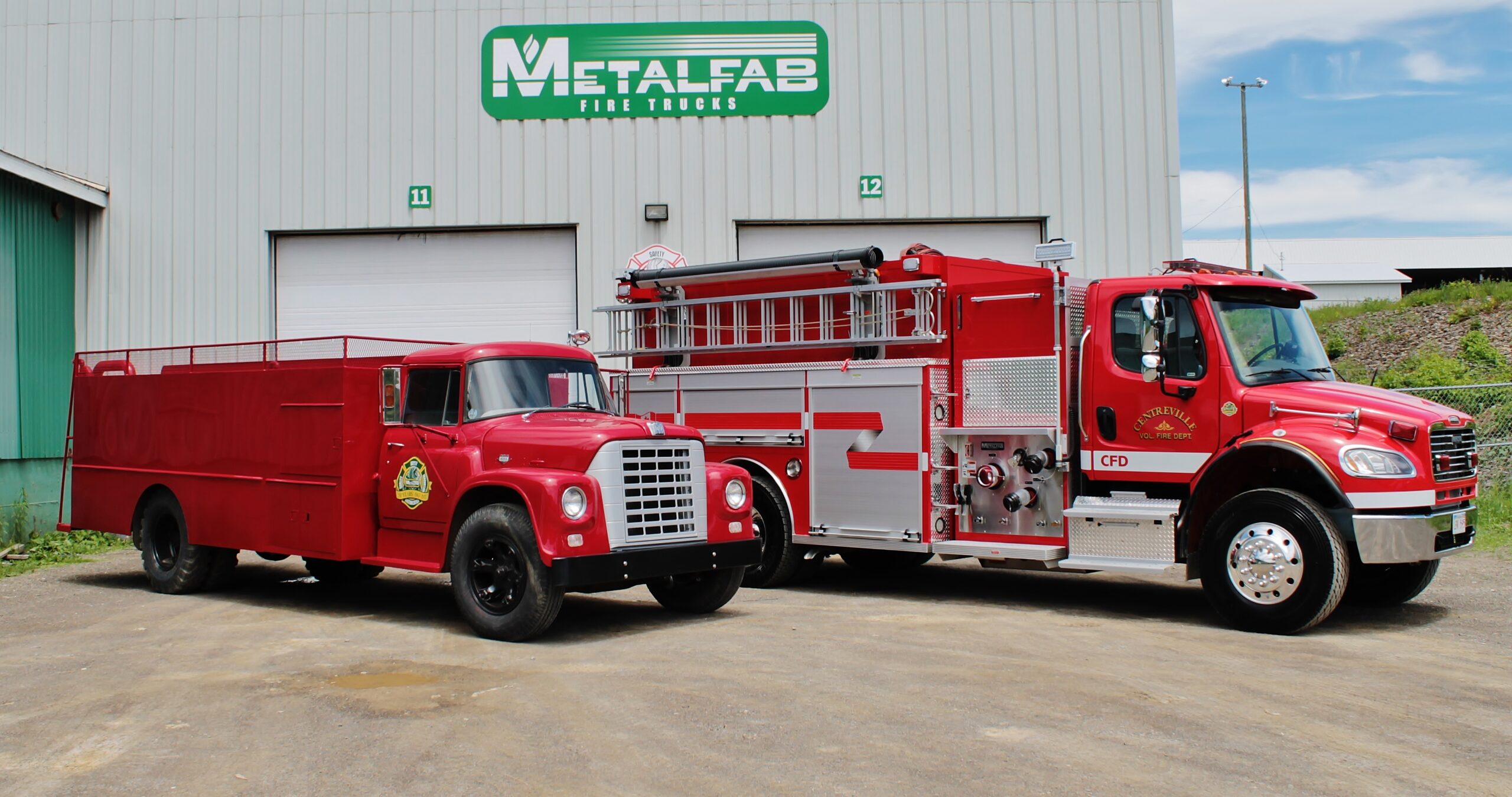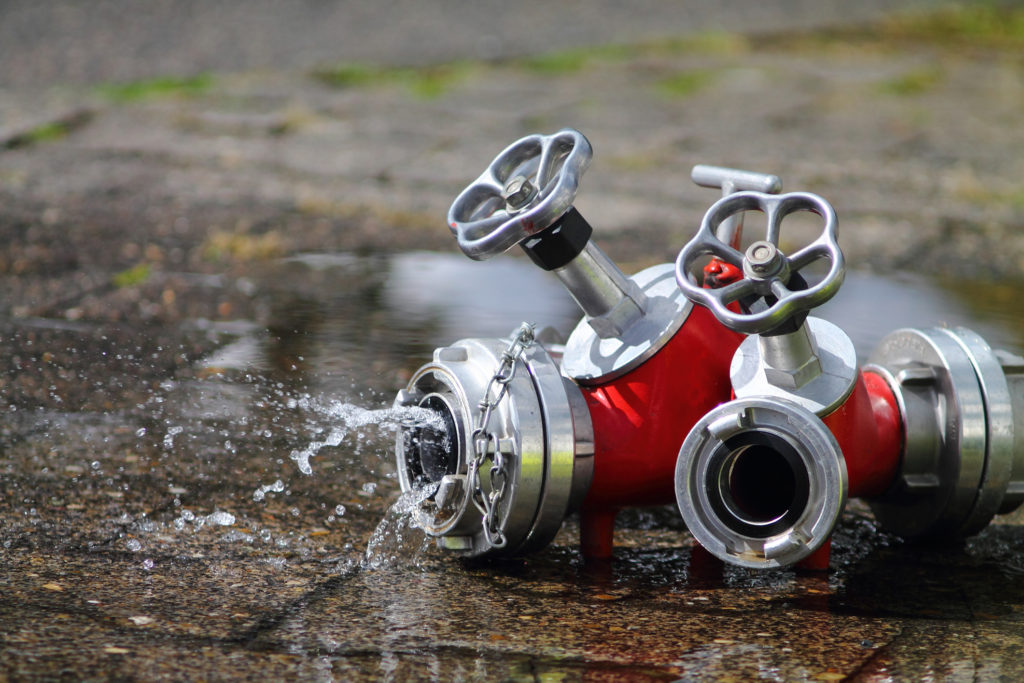

When it comes time to fighting fire, having the right priming system is critical to delivering water as quickly and efficiently as possible. Without the right system in place—and an operator properly trained to use it—lives and property can unnecessarily be on the line.
Priming systems are necessary to remove air from the suction hose and pump in preparation for commencing water flow. The traditional priming system has three main components: a priming valve, a vacuum pump and a lubricating oil reserve. After water is drained from the pump following operation, it becomes filled with air and doesn’t have enough vacuum power to function. Activating the primer removes air from inside the fire pump, which allows water to begin to flow in preparation for continuous operation.
On early types of fire trucks, automatic priming functionality allowed self-priming because these had the ability to pump both air and water. Even if air was swallowed through a poor connection or lost through a hose leak, water pressure could be maintained as air moved through the system and was expelled.
With the introduction of centrifugal pumps, however, things changed. While these pumps had a number of advantages—they were small, compact and easy to maintain—they also had one significant drawback. Although they were ideal for pumping water, they were unable to pump air so priming was necessary to expel air prior to every use. European fire trucks avoided this problem by relying on automatic priming features, but in the U.S., the industry became reliant on primers.
Having a pump primed and ready-to-go at the scene of a fire is instrumental to basic fire control, particularly in situations where the water source is located below the pump and must be pushed uphill against the force of gravity. Because of their complex requirements, oil-based pumps can be difficult to use, which can present a formidable challenge to the inexperienced operator. If the prime is cut off too soon, it can fail to complete the job, or left too long, it can burn out and become unusable. In both these scenarios, precious time can be lost for completely preventable reasons.
There are three types of priming systems for centrifugal pumps. In early priming systems, the chassis engine intake manifold was used as a suction device but these have pretty much disappeared from the scene. Exhaust primers are economical units that use the exhaust system from small gasoline engines to create a vacuum. Piston type or rotary gear positive displacement priming systems include an automatic start and stop priming feature. For the most part, these are driven by the fire pump gear box or drive system from the chassis power. These can employ a variety of technologies, including clutch and belt assembly, gears, electricity, manual pumping or air pressure.
Air-powered primers, in particular, have been growing in popularity—both for new vehicles and retrofitting of older engines. This primer creates air pressure through the chassis on fire engines equipped with air brakes, generating a powerful vacuum without drawing electrical current or relying on a host of moving parts. With the power and reliability of sophisticated air brakes behind them, air-powered primers are much easier to understand and operate than many of the oil-based systems.
Let’s take a look in more detail at the industry-leading Trident “AirPrime” system, which is fully compliant with NFPA #1901 and other industry global standards for lift height. This model requires no electric motor, clutch, direct gears, eccentric vanes or primer pistons and has a host of useful standard benefits, including automatic draining to prevent freezing, corrosion-free construction and drafting capability to nearly eight meters. It includes options such as multi-location capability and automatic operation. A simple three-way switch controls the unit and installation takes a scant two hours, according to the company’s website.
Multi-location capability is especially important on these units because of limitations imposed by water supply conditions. The Trident multi-location automatic primer can be primed from locations including the main pump suction plumbing, front suction inlet, side suction inlet, rear suction inlet or any gated intake valve. Those wanting to educate themselves further about these pumps can visit the Trident website at www.tridentautoairprime.com, where they will find a wealth of information that can help guide their decision-making with respect to priming. In addition to videos, training articles, client testimonials and installation guides, the “choosing” feature allows users to zero in on the correct model for them.
In our experience, the implementation of priming systems that are easy to use is of paramount importance. With the near-universal acceptance of air primers as a superior technology versus older oil primers, a reliable and safe alternative can now be learned uniformly and incorporated into local standard operating practice protocols.
